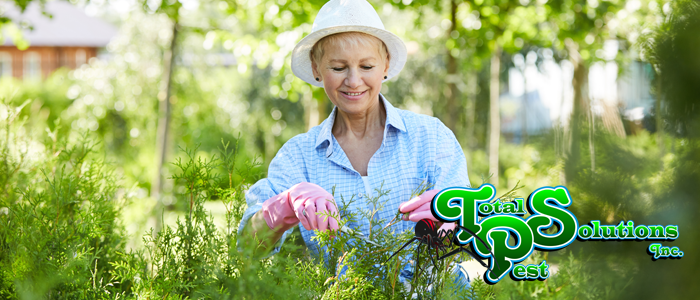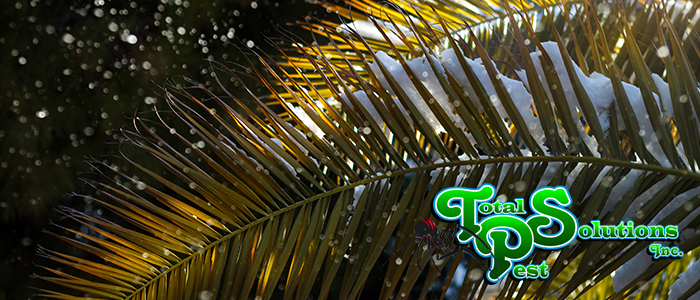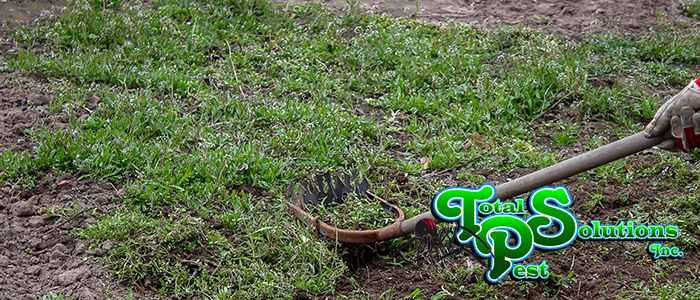
How to Care for Shrubs
Landscaping is one of the most rewarding things we can do. It adds significant property value, beautifies our homes, and makes us feel great. When you’re considering what to add to your property, consider adding shrubs. Whether you’re looking to add a splash of color to your foundation or want a natural-looking privacy barrier, shrubs can do the job. Shrubs can shade the lower levels of a garden to help low-light plants thrive and make striking backdrops for garden beds.
What are shrubs? Shrubs are woody plants that are smaller than trees but grow larger than flowers. Typically a shrub will have several stems instead of the single trunks that trees have. Some shrubs grow up to fifteen feet tall, but most only come up a couple of feet. There are both deciduous and evergreen shrubs, meaning that some varieties of shrubs will shed leaf litter. These wonderful additions have some requirements you should be aware of before and after adding them to your property, and this article aims to give you a basic understanding of what shrubs need.
Should I Prune My Shrub?
Without pruning your shrub, it will continue to grow and will often take an irregular, seemingly random shape as it does what comes naturally. Lightly pruning it will help you maintain the desired shape of your shrub, and there are a variety of tools you can use. Depending on the amount of trimming you’re doing, you may wind up using hand shears, hedge shears, or loppers.
You’ll usually want to prune back your foliage in the spring before leaf growth begins. This way, your shrub uses its nutrients without wasting them. Loppers and hand pruners can get rid of dead branches, tangles, and other problems. Prune these stems back to the freshest growth on the stem. When pruning flowering shrubs like lilac, wait for them to flower before you prune. If you prune these before they bloom, you might wind up killing flower buds.
By pruning after they bloom, you encourage the shrub to branch out and produce blooms again in the future.
How Do I Water My Shrubs?
Like all plants, shrubs need water to grow. Newly planted shrubs especially need water – Once weekly if there’s no rain for their whole first season. Rather than spraying the leaves, water the soil surrounding your shrub in a controlled way. For example, you can lay the nozzle down near your shrub, set it to a low-pressure flow rate, and let it sit for five minutes or so to encourage the roots to grow deep in search of water.
Do I Need to Feed My Shrub?
In general, new shrubs should not be fertilized. Fertilizing young ones can cause excessive growth, which might sound like a good thing, but it will lead to weak, bendy stems that are unable to support themselves for a very long time. However, mulching the soil will help prevent it from drying out and provide nutrients to the soil.
If an old shrub isn’t doing well, first tend the soil by weeding, aerating, and tilling before adding mulch or compost. Prune off dead material, and wait to see if it recovers. If it doesn’t, light fertilizer can be applied. If you crave the professional touch, we at Total Pest Solutions offer a variety of shrub and garden care services and have all the experience needed to keep your whole garden happy – Not just the shrubs!
continue reading
Related Posts
Winter Palm Care in Lakeland: Cold Snap Protection Strategies Lakeland,
Holiday Pest-Free Homes in Winter Haven: Avoiding Cargo Pests As
Auburndale’s Mole Cricket Damage: Repairing Turf Before Frost As the






